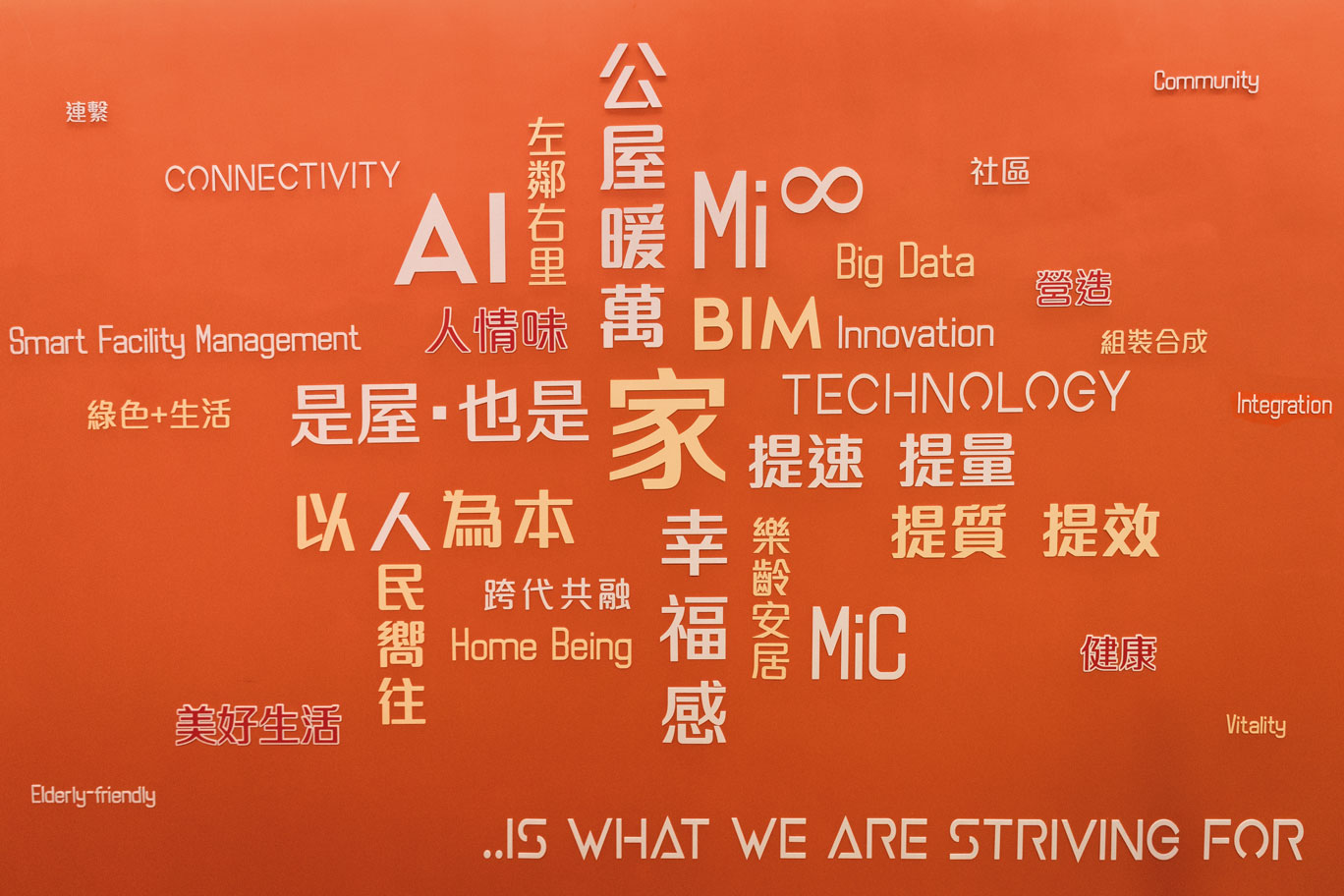Winnie was appointed Secretary for Housing of the Government of the Hong Kong Special Administrative Region on 1 July 2022. She joined the Government as an architect in 1992 and, since then, her career has been closely associated with development of public buildings, infrastructure and urban planning. In 2020, she served as Director of Architectural Services to oversee the works and services of the department for continuous improvement on public works to build up a quality living environment for the city.
The Light Public Housing (LPH), a new initiative to tackle the imbalanced demand and supply of public housing, took less than four months to confirm eight sites for development and receive approval by the Legislative Council Public Works Subcommittee for the first batch of four LPH projects. Why the need and urgency of this policy? How will LPH, together with the adoption of modular integrated construction (MiC), address Hong Kong’s housing issues? Construction+ talked to Winnie to better understand the whole picture.
To what extent can LPH address the housing demand and supply issue in Hong Kong in both the short and long run?
Looking ahead, the public housing supply will be able to cover the demand—the Government has identified sufficient land for providing about 360,000 public housing units in the coming 10-year period, which can meet the estimated public housing demand of 301,000 units for the coming 10 years. However, since the supply of housing land is not evenly distributed across each year, it is pressing for us to fill the short-term gap of public housing supply in the first five-year period as soon as possible, and to improve the living conditions and quality for people living in inadequate housing, especially the subdivided unit tenants.
The transitional housing development at Kong Ha Wai, Yuen Long, completed in 2022, is a good example in showing the advantages of short-term housing projects.
With reference to the successful transitional housing projects, LPH will be built under a Government-led approach in order to scale up the project and expedite its implementation. We are looking forward to the approximate 30,000 LPH units that will be gradually completed in the coming five years to improve the living conditions of people in urgent housing needs. (Read more about the Kong Ha Wai Transitional Housing Project in this issue’s PROJECTS section.)

A feature wall with messages showing the Government’s resolution to enhance public housing
What other ways can the Government and the construction industry collaborate to cope with the continuously increasing demand for both public and private housing?
The Government is preparing the launch of a new pilot scheme on Private Developer Participation in Subsidised Housing Development. I’m glad that the feedback has been positive, which means the private sector is interested in and willing to work with the Government to provide more subsidised sale flats to the public, particularly the young families and young people. We are eager to meet their home ownership aspiration and provide them with more housing options. Through the partnership with private developers to unleash the potential of private land, the overall supply of subsidised housing will increase.
This is an excerpt. The original article is published in
Construction+ Q1 2023 Issue: Housing Construction: Demand & Supply.
Get the print magazine or subscribe to the digital edition to read the complete article.

 Malaysia
Malaysia Singapore
Singapore Indonesia
Indonesia Tiếng Việt
Tiếng Việt ประเทศไทย
ประเทศไทย











